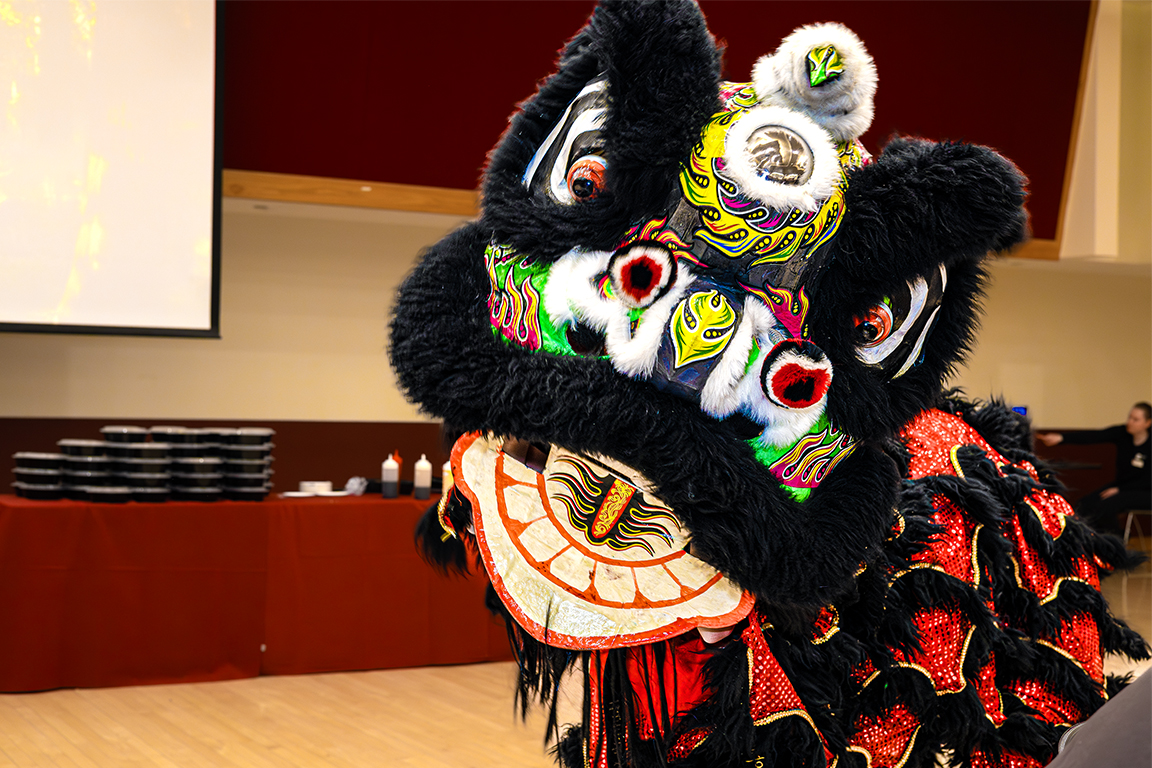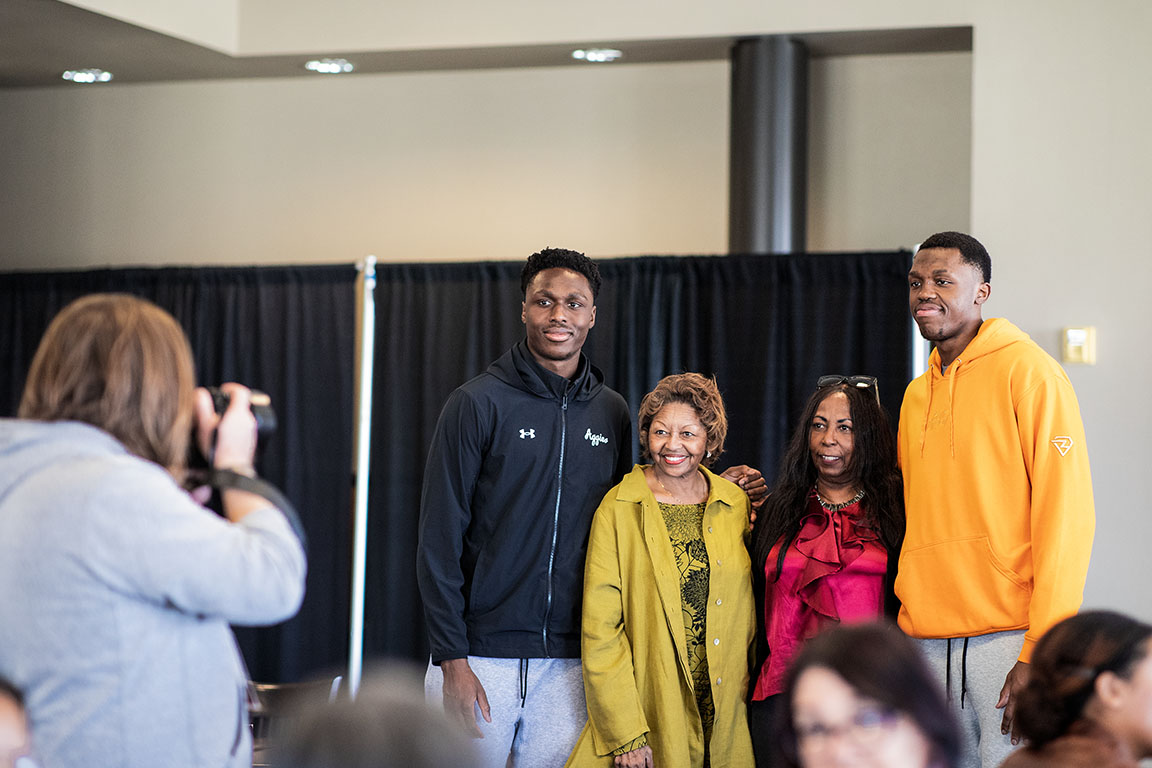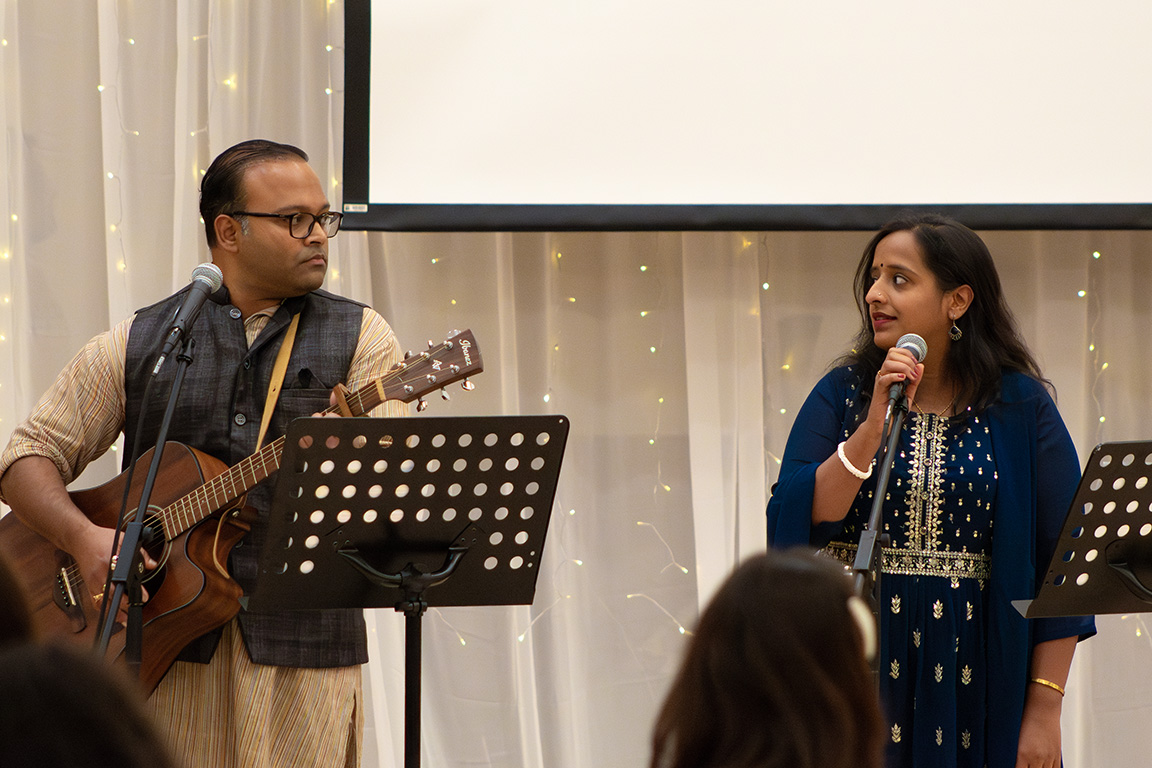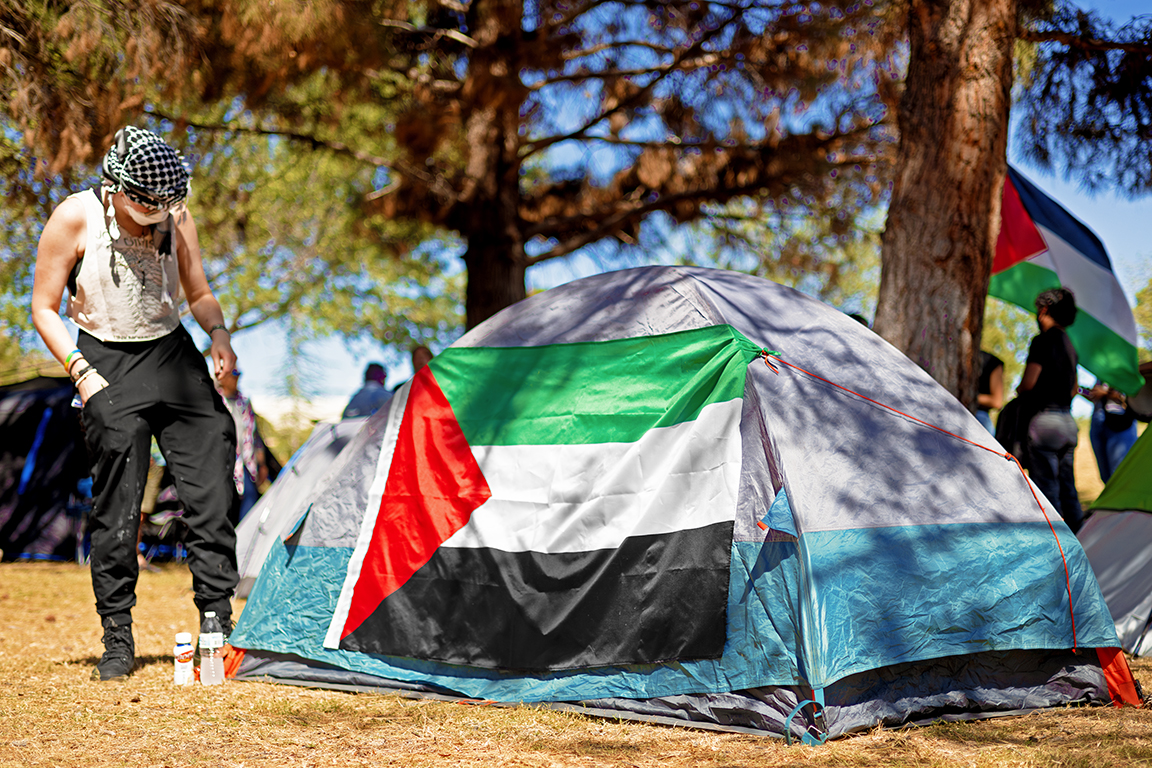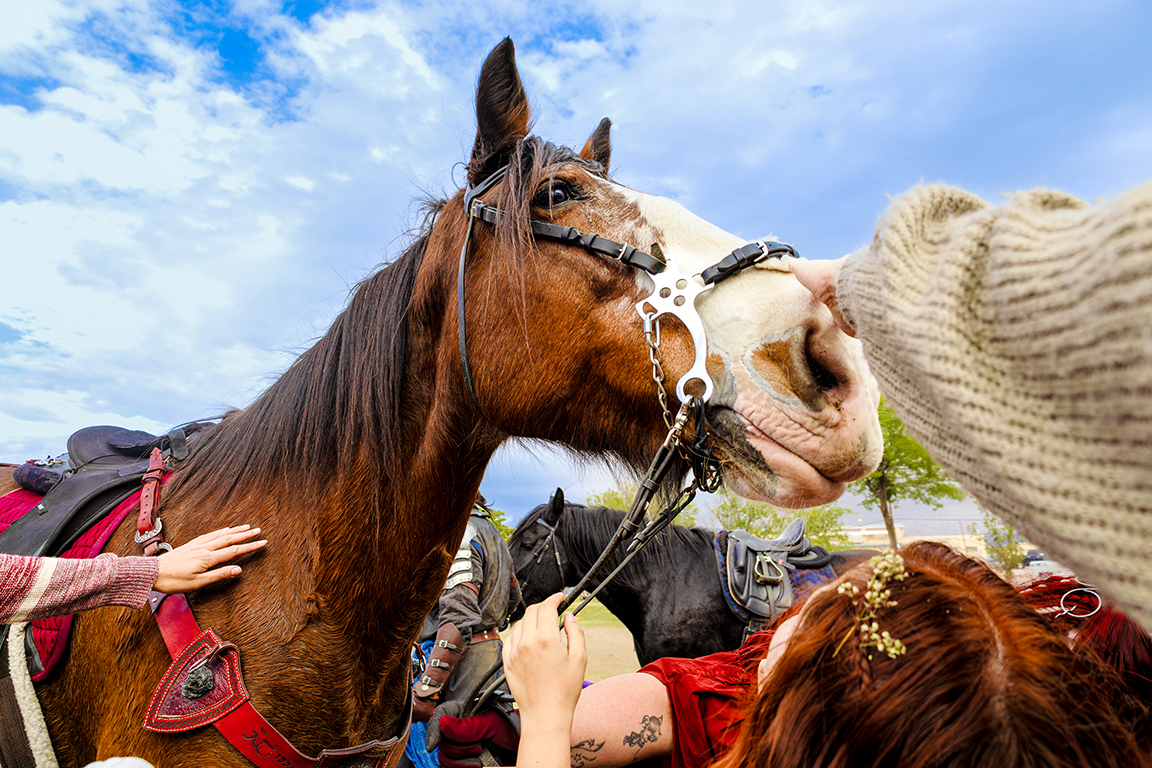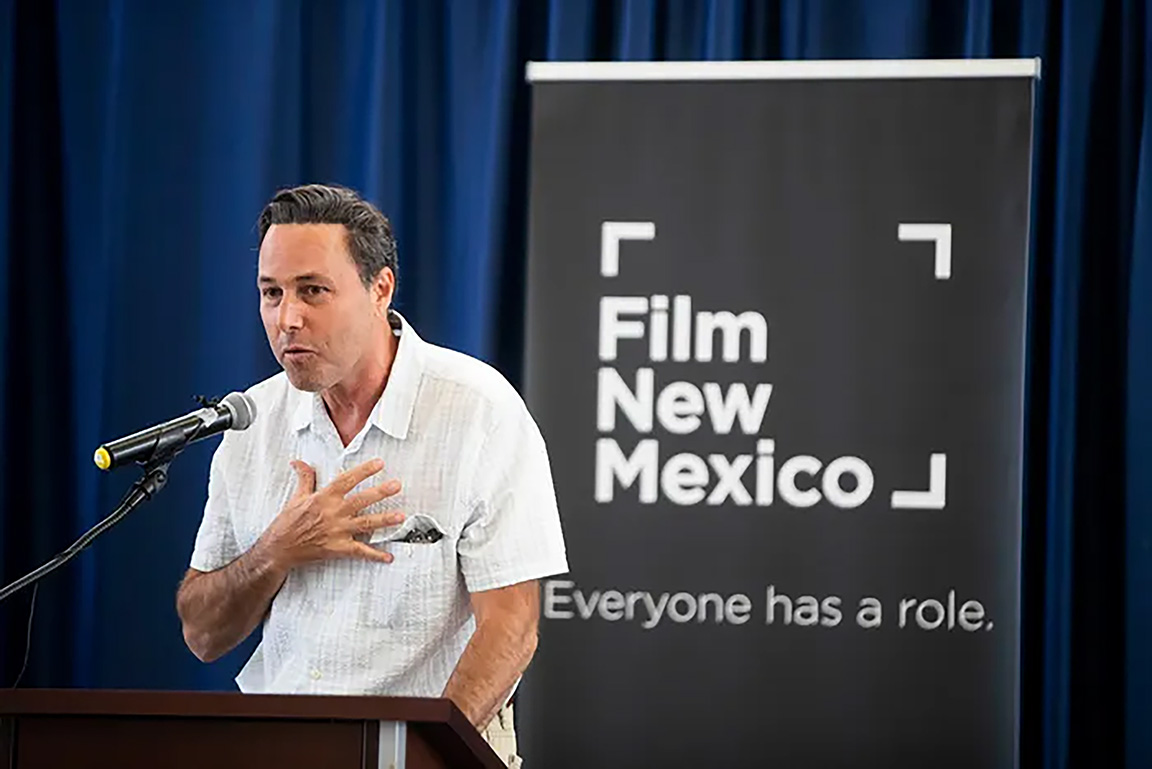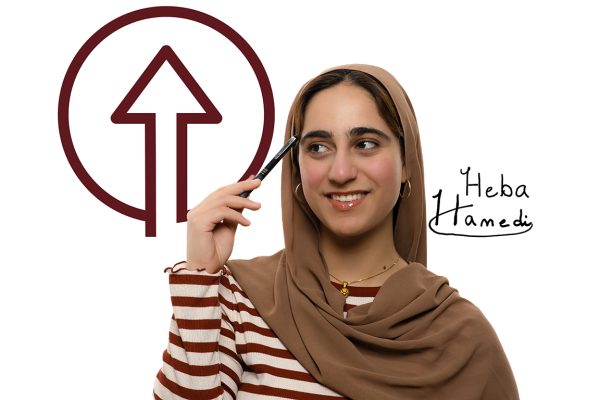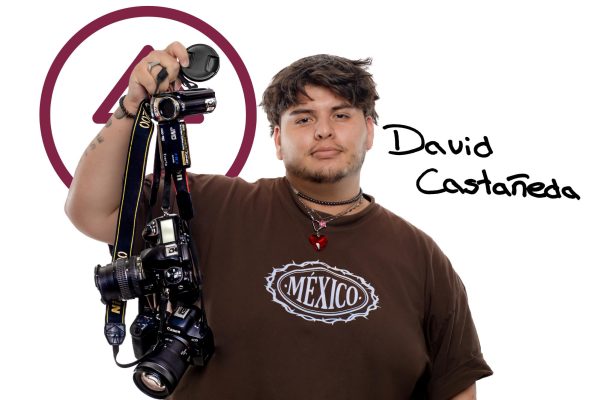The Lunar New Year, also known as the Chinese New Year, is observed right after the Gregorian New Year. Following the lunar calendar, the Lunar New Year will usually land sometime between late January and early February. This year, the celebration landed on Jan. 29 and New Mexico State University’s Asian and Pacific Islander Program recognized the holiday. This is the third Lunar New Year celebration hosted by API.
The Lunar New Year is recognized by many Asian communities including Chinese, Filipino, Korean, Vietnamese and Malaysian communities. It’s a time many cultures hold in reverence where families gather and exchange gifts. Cultural traditions are also practiced, including singing and dancing. At NMSU, many international students and minority communities had the opportunity to gather and celebrate the holiday with their family and friends.
Chadrhyn Pedraza is a professor at NMSU and is currently serving as the interim director for API. She also helped lead and organize the event. Pedraza said this celebration had been in the works for at least six months. She said her main objective was to ensure the Asian Pacific Islander community felt visible on campus.
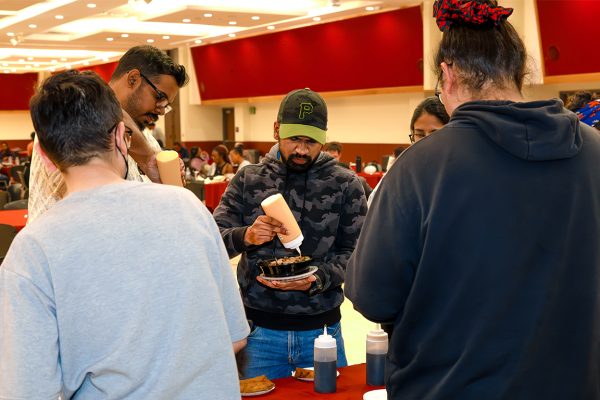
“We are the smallest in terms of compositional numbers on campus, so we want to be able to share all of our different celebrations,” Pedraza said. “We are really connected in all the different things we do, no matter how differently we celebrate them.”
Many students who also attended the event were not of Asian or Pacific Islander descent, but Pedraza said she hopes those students have a cultural takeaway. She explained that Lunar New Year is a broad term for the API community in terms of celebrations and that different communities have their own unique way of celebrating. This includes Chinese New Year celebrations by the Chinese community, Tet celebrations by the Vietnamese community and the Korean New Year celebrated by the Korean community.
The event consisted of various speakers, cultural food, games and dances. Pedraza reiterated the importance of ensuring visibility of minorities within NMSU, especially around celebratory times such as the New Year.
“We want to really celebrate who we are and the ways we connect with all the other various other cultural traditions on campus,” she said.
Patrick Turner, the Associate Provost of Academic Success at NMSU, attended the event. He said he thoroughly enjoys attending these types of events and believes there needs to be a space on campus to help minority groups feel more at home.
“[I want to] make sure our students … feel included, that they belong, and we want to celebrate them,” Turner said. “When I come to these events, I feel inspired, I feel motivated, I laugh, and I always learn something new … I learn a lot from our students.”
Matthew Mendoza, a student volunteering at the event said that attending the Lunar New Year celebration helped educate him on different cultures. To him, the Lunar New Year is a time for change and in a way, a second reset. Mendoza said his favorite part about the celebrations was seeing how happy people were to be attending.
“It is really special to see everyone’s smiling faces as they were eating and playing games,” Mendoza said.


